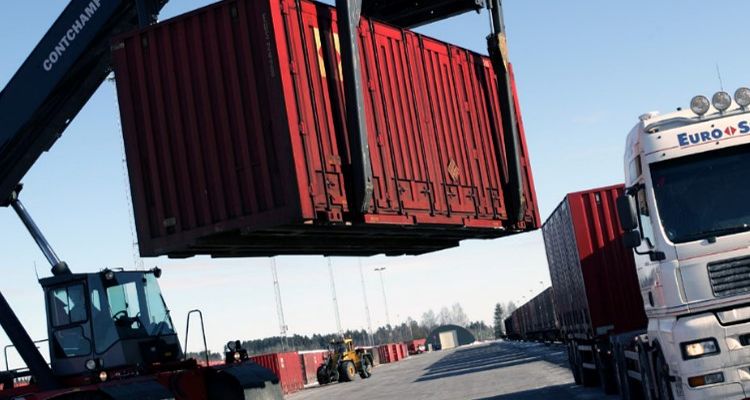
Published 6 Aug, 2018
TENTacle partner informs on New Silk Road
The Chinese leadership officially launched the “Belt and Road Initiative (BRI) in autumn 2013, presenting it immediately as a key national concept and foreign policy priority for the years to come. It is a very broad conceptual framework for policies that aim at contributing to greater economic integration within Asia, between Asia and Europe, and between Asia and Africa through a diversity of activities and projects. BRI refers to the combination of the Silk Road Economic Belt (an economic corridor across the Eurasian continent) and the 21st Century Maritime Silk Road (a network of maritime trade routes connecting Asia with Africa and Europe). The Asian Infrastructure Investment Bank (AIIB) was founded to secure funding for the projects. Sweden is also a member of this development bank.
On 21 August, Region Örebro County, in collaboration with the EU-Interreg TENTacle Project, will organize a conference on the theme:
Time: 08.30 – 15.30
Location: Umeå, Sweden
Venue: Väven/P5
Fee: 1 500 SEK, VAT excluded
Language: Swedish (possibility to mingle with international actors)
Registration: lars.kohler@consultor.se
It will give interested stakeholders the opportunity to learn more about the Chinese infrastructure project in general and about how the region is preparing for it. Together with regional council Mats Gunnarsson (MP) and Project Manager Logistics Lovisa Uhlin, several experts have been invited to share their insights:
Susan Ritzén will describe the BRI and how it affects China´s position in the world.
She has worked as a journalist for Swedish Television, SVT, since 1998, and since 2015 is their Asia correspondent based in China, covering most parts of Asia and Oceania. Susan Ritzén has been covering the BRI project and its consequences for both China and other countries in the region, such as Kazakhstan, Sri Lanka and Australia.
Viking Bohman will describe opportunities and risks for Sweden and Europe created by the project.
He is an analyst focused on China with several articles about the Belt and Road initiative published in international journals. Previously, he has been working at the Swedish embassy in Beijing where he looked at CSR in the Chinese industry.
Johan Ignell will describe how rail freight transports from China actually works.
Johan has worked for various positions within the Green Carrier Group for the last six years, including Trade Lane Manager Asia/Europe, KAM and now as a Rail Freight Manager. He gained first-hand experience while working in Shanghai between 2014 and 2016. Today, he is a business developer at Scandinavian Shipping & Logistics with focus on expanding their rail freight transports to and from China.
Tweet